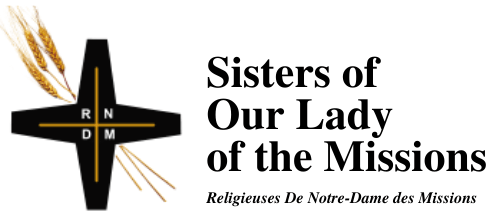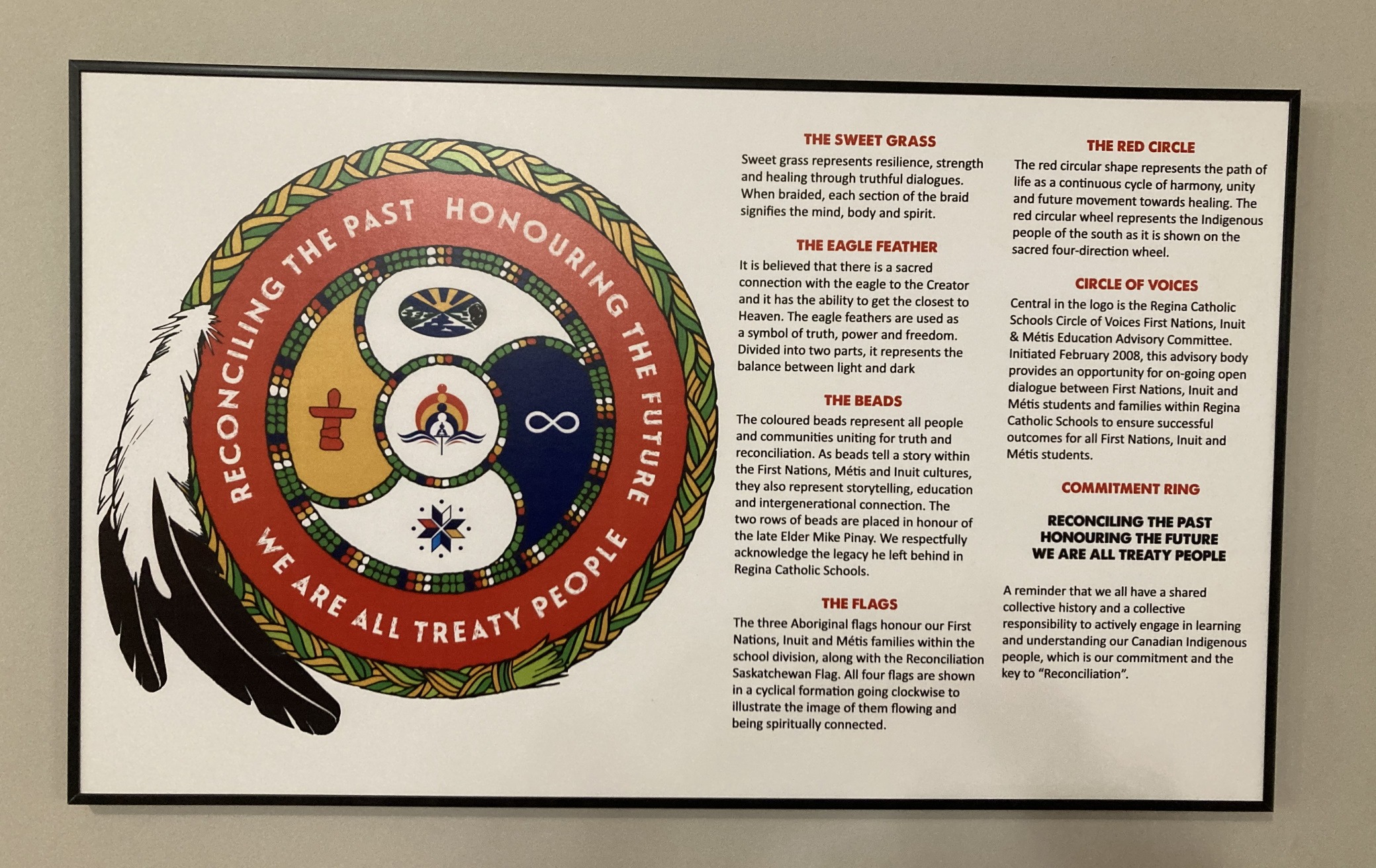
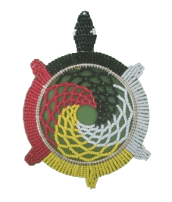
Indigenous and Community Relations Circle
Journeying together towards healing, reconciliation and right relationships with All
January – February 2022 ICRC Digest Issue 004
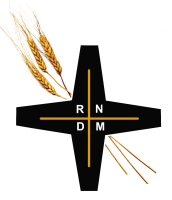
Dear Sisters,
Time passes so quickly and we are in the middle of February with a lot of snow. Everywhere is white and beautiful and we look forward to spring coming soon. Nature tells us that life is continuing with surprises every day. However, we are still in the process of on-going truth, healing and reconciliation so we are very grateful and happy to receive your contributions by sending a snippet of events you have attended, related books you have read, resolutions you have made, reconciliation prayers you have prayed, a poem you meditated on…the list goes on. Please send your contribution by email to maithuongrndm@gmail.com on the 10th of the month.
Bits and Pieces from Toronto
I have a new contract with the Mary Ward Centre as we continue to discern the path for the Indigenous and Community Relations Program. The consensus that we have reached is to form an advisory circle to guide the shaping of the program.
My thesis project is slowly getting done. I have already collated the survey responses. I got stuck with the key interview data that I have collected because I did not have any idea how to process it. So, I had to learn how to do it and to develop a methodology to be able to gather these valuable thoughts from my interviewees. It was also a blessing to have a group of Filipinos to help me with the last data that I needed to gather. They are currently reading the dialogue guide, “Listening to Indigenous Voices” and they will be giving me feedback. Meanwhile, I am writing down the results for my thesis chapter.
I have recently watched an interesting webinar by Café Scientifique (University of Manitoba). The topic is, “The Canadian Reconciliation Barometer.” The speakers were sharing a research project on the metrics of reconciliation, thus, barometer. How do we know if we are doing reconciliation, as it were? I was interested because it appealed to my engineering brain. But you might be curious about it, too, so here is the link: https://www.youtube.com/watch?v=WNInz8GwGgM
[Petite Lao, RNDM]
Pathways to Decolonization
I was going through the book “Listening to Indigenous Voices” and came across beautiful writing by Arthur Manuel, “Becoming a Good Ally”. I would love to share this with you all.
Here is what being a good ally requires:
Recognizing and affirming Indigenous peoples as the experts of their own realities and histories.
Establishing lines of communication with Indigenous persons or organizations and building respectful relationships.
Actively supporting Indigenous–led struggles without attempting to take control – abandoning the “knower’s chair,” asking for rather than giving advice.
Committing yourself to an ongoing process of listening, learning and critical self-reflection.
Ensuring that you are not being motivated by self-interest or a desire to influence the agenda.
Speaking up, even if you feel scared, when you witness racist words, attitudes, and actions.
Transferring the benefits of your own privilege to those who have less.
Acknowledging that the struggle and issues are not about you.
[Pricilla Lugun, RNDM]
Grief and Loss
A good number of us from St. Kateri Church (Winnipeg) attended the Virtual Workshop on Grief and Loss by Sharon Ward (Brokenhead First Nation). She shared about their beliefs, faith traditions, ceremonies and spiritual practices. This is interesting to learn and know their cultures and the way they honor the departed. She said, ‘In our way of life, we transcend from this world into the Spirit World’.
She went on to say that they see the Spirit World when they see the Northern Lights dancing-dancing as warriors. The Spirit World is not scary for Anishinaabe people. They see it as a big pow wow in the sky. The Northern Lights dancing is a time of celebration.
The creator talks directly to then and tells them always to stay in communication with the Spirit world. He sent the Spirit Warrior Dancers to come down and look for the people who are lost. Their people who have gone to the Spirit World always come and look for them. Therefore, if they whistle at night, the spirits may believe they are crying. But if they believe they are teasing them, they might take their spirit up to their world anyway.
When someone passes on, a sacred fire is lit for four days. It is meant as a prayer. People offer tobacco in the fire for the person who is journeying, as well as prayers for the ones left behind. During the four days of the fire, there is always someone keeping an eye on the fire. A memorial feast after one year is a time to let go of the person who has passed to the Spirit World. They give them food, and sometimes a medicine bag to accompany them on their journey. The medicine bag will contain sage, cedar, sweet grass and tobacco.
If a woman sews, she might sew brand new skirts and shirts and give them out during the time of grieving as if the deceased person is still around. Those who have gone to the Spirit world have completed the work assigned to them. The Creator gives each individual a certain job to do, and an allotted time to complete it.
A child has his/her reasons for deciding to go back to the Spirit World. Death is not the end nor does it mean the spirit of the child is not present. Sharon described the special ceremony for a lost child who dies before birth. She put out a bottle, a rattle, toys and some other things, and then said prayers for the child. She said that babies sometimes do come back but may need more time before they come back. We are never alone. There are people on the other side who take care of us. Their job on earth may be finished, but they have now transitioned into a new job.
Sharon advised creating our own family support group, meeting once or twice per month. However, it is also important to be aware and acknowledge the other circles who are travelling a similar pain. Sharing circles help them to let their loved ones go. They may also use sweat lodges or other ceremonies.
When they go inside a sweat lodge, they can talk to the Creator and let go of tears, fears, pain, and anger. Some say that it is good not to cry. But we should not believe that, because the tears are an important way of expressing the emotions of the heart. There is no right or wrong way to grieve. Each person has a certain time they need to grieve and will know when their time is over when they are able to talk to the individual who has passed to the Spirit World, knowing they are always close by and concerned about their loved ones they have left behind.
Anishinaabe people have the custom of adopting. If a person loses a brother and knows someone who reminds them of the brother, they may tell him that they are adopting him as their brother. The hair of grievers: The “Long Hair Society” people are known for their long hair, a sign of the strength and wisdom they carry that helps them overcome many difficulties. Cutting their hair is traumatizing and traditionally they did not cut their hair which is considered sacred – as is every part of one’s being.
From the time of conception, the baby is cared for. But if a child does die very young, it is not because the child is lost; it is because the child was not ready to come into the world. Children are close to the Creator, so they often surprise us by what they say. A little boy asked for tobacco from an elder. He said to the elder, “When I was in the womb of my mother, I was in the womb of my Creator. The Creator asked me if I wanted to choose to live in the world or not. So I chose the life I was to live. And I chose how many years I was to live.” The people believe that the Creator speaks to the children when they are in the womb.
When they lose someone who is close and dear, they realize they have to let go of them. They may give someone tobacco and a gift and ask them to cut their hair. They will then smudge the hair with tobacco and pray. They will make a braid and put it in the casket with the body of the loved one, or in the fire, or bury it. In that way, they let go of the person and show them that they do not want to cause them more pain. They let go of their hair in a sacred manner so the deceased can have peace, and so they will be able to travel between the Spirit World and our world in order to help people.
‘Letting Go Ceremonies’ include: Giveaways, Feasts, Wiping of Tears, or Doctoring for people with deep grief. There are no time limits for doing these ceremonies. Grief work is meant to help people from being stuck in the past, and for people who are isolated. The community needs to keep in contact with them and help in whatever way they need. Learning is a lifelong process; at times it challenges and at times it inspires!
[Jacinta Dkhar RNDM]
Be Silent...
“Be still and know that I am God. I will be honored by every nation
I will be honored throughout the world”
(Psalm 46:10)
“Be silent in order to lean to speak, to obey, to see God in all things”
(Mother Euphrasie Barbier, 1867)
In silence…
I hear the sound of the wind:
Gentle and quiet…
I hear the sound of the leaves:
Rustle and soft…
I hear the sound of birds singing:
Sweet and twitter…
I hear the sound of sister coughing:
Dry and tired…
I hear the sound of music:
Melodious and touched…
In stillness…
I hear my breathing… slowly
I hear my heart beating… deliberately
I hear nothing… silent
I am in deep Shalom!
In quiet…
I hear God speaking inside my soul:
My daughter,
You were so busy with your own thinking
How to make people happy
How to help the others
How to finish your works
How to get the compliments
How to be better
How to deal with the relationship
How to solve family problems
How to manage the ministry…
Be still…
Now it is only one thing necessary
Be silent in God
I will see what God had done marvelous things in my life
I will honor only God in everything
I will think what God thinks
I will speak what God says
I will look what God see
I will act what God inspires.
Grace:
Please give me a silent heart that I can see you in all things happen in my life.
[Margaret Giang Pham, RNDM]
Leaning Into Faithful Climate Conversations
In our bimonthly Indigenous Relations Circle we are studying the Jesuit Book “Listening to Indigenous Voices”. The other day we were sharing on Session 10 “Pathways to Decolonization”. I was deeply touched by these words of Arthur Manuel,
“Decolonization does not have to be a painful process. It can be a liberation for you as well as for us. These simple steps could transform Canada into one of the most politically and environmentally progressive countries in the world.
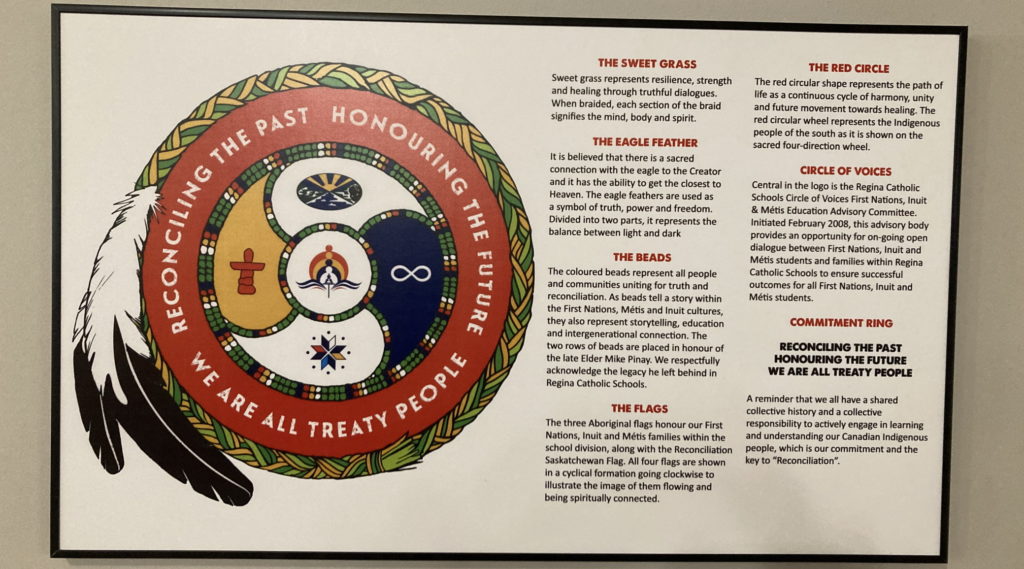
All this can be achieved in a respectful manner -where we respect indigenous needs and they respect ours.”
We are descendants of the settlers and have also been colonized. For example, we were not told the real truth of our history. We were not told of the Treaties or Oppression of the Indigenous Peoples woven into the laws of our land. In these times it is coming into consciousness and hope is arising.
The Pathway to truth and reconciliation leads us to a deep awareness of how we have all been colonized. It is liberating us as well. The Indigenous Elders say that it has taken the Indigenous Peoples to endure seven generations of the decimation of their culture, spirituality, language, and ceremonies. Now it will take seven generations to restore what was lost. We will discover along the way a richness of the best of the two cultures caring for the earth, a quality of being and sharing this land together in harmony.
To anchor this “dream” to reality I was pleased to hear in a conversation with our sister Anna a simple way the Separate Schools are implementing the “Truth and Reconciliation” process in their own schools and classrooms. She was invited to the kindergarten class to give each child an orange T-shirt which had been given out at a “Truth and Reconciliation” Eucharist in the school. After giving each child a shirt, Anna invited the whole class to pray for the child simply with a “God bless Mary “. On many orange shirts it says “every child matters”.
Another time Anna and a teacher had a liturgy which was celebrated over the PA system to all the classrooms in the school. At that time she read the “7 Wisdom Teachings of the Grandfather.”
Each Separate School in the Archdiocese has a “Truth and Reconciliation Plan” which is implemented throughout the year and even every day. “We” are on the way!
[Patricia Orban, RNDM]
Sisters of Our Lady of the Missions
393 Gaboury Place
Winnipeg, MB
Canada
R2H 0L5
Phone: (204) 786-6051
Fax: (204) 691-0640
